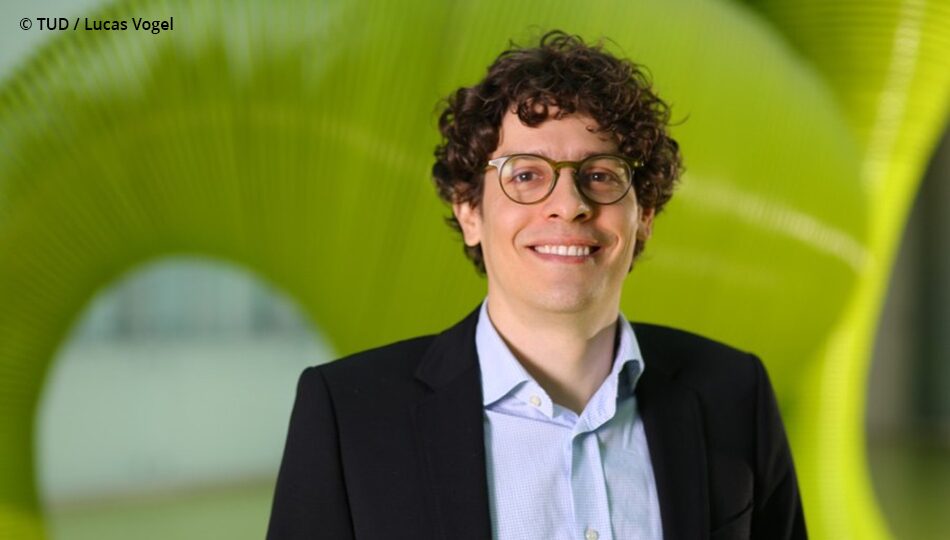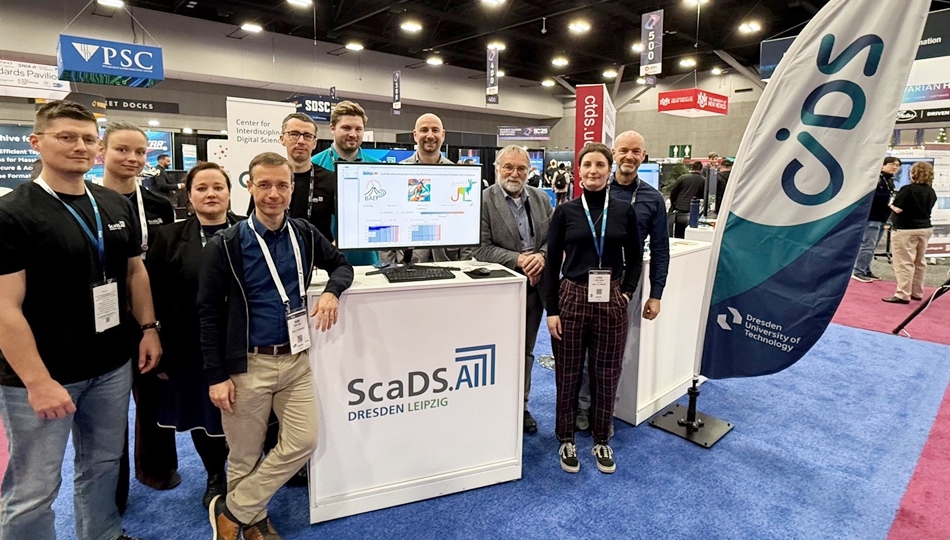December 6, 2016
Dynamics of Open Quantum Systems
The description of the dynamics of open quantum systems is subject of ongoing research in theoretical quantum physics (solid state physics, quantum optics, quantum chemistry). Real (quantum) systems are never perfectly isolated from environmental fluctuations or forces. In case of weak environmental influence various approaches have been developed. By contrast this project focuses on the description of open quantum systems facing a significant influence of structured surroundings. Examples of experimental implementation can be found in energy transfer processes in molecular aggregates ([1],[2]) or quantum bits in solids ([3], [4]).
Here, an exact and complete quantum mechanical description would be desirable. However, due to the exponential growth of Hilbert space dimensions of many-body quantum systems limits of computational resources are reached soon. We attack this challenge by means of a stochastic Schrödinger equation.

Methods
For the description of open quantum systems influenced by structured environments, the hierarchy of pure States (HOPS) method ([1]) is used and compared with various alternative other methods. The HOPS method is a stochastic method, which allows a description of open quantum systems dynamics with arbitrary accuracy. Due to the large number of realizations this method is computationally quite expensive. However, this problem is embarassingly parallel, since every single realization is independent.
Implementation
The HOPS method was implemented in Python, using Numpy/Scipy and extended with an implementation for distributed computing (github.com/cimatosa/jobmanager). Benchmark tests and comparison with other methods produced very good results.
Outlook
The software runs on the ZIH high-performance computer „Taurus“ and is subject to ongoing tests. Usage of further HPC methods or GPUs are promising possibilities for the description of quantum systems that are much more complex than those studied up to now. In order to realize a goal-oriented usage of further HPC methods, a profound analysis of the current implementation will be conducted.
References
[1] C. Olbrich et al., “From Atomistic Modeling to Excitation Transfer and Two-Dimensional Spectra of the FMO
Light-Harvesting Complex,” J. Phys. Chem. B, vol. 115, no. 26, pp. 8609–8621, Jul. 2011.
[2] D. Suess, A. Eisfeld, and W. T. Strunz, “Hierarchy of Stochastic Pure States for Open Quantum System
Dynamics,” Phys. Rev. Lett., vol. 113, no. 15, p. 150403, Oct. 2014.
[3] S. Foletti, H. Bluhm, D. Mahalu, V. Umansky, and A. Yacoby, “Universal quantum control of two-electron spin
quantum bits using dynamic nuclear polarization,” Nat Phys, vol. 5, no. 12, pp. 903–908, Dec. 2009.
[4] Y. Makhlin, G. Schön, and A. Shnirman, “Quantum-state engineering with Josephson-junction devices,” Rev. Mod. Phys., vol. 73, no. 2, pp. 357–400, May 2001.
Contact
- Richard Hartmann (Institut für theoretische Physik, Theoretische Quantenoptik, TU Dresden)
- Sunna Torge (ZIH – Zentrum für Informationsdienste und Hochleistungsrechnen, TU Dresden)






